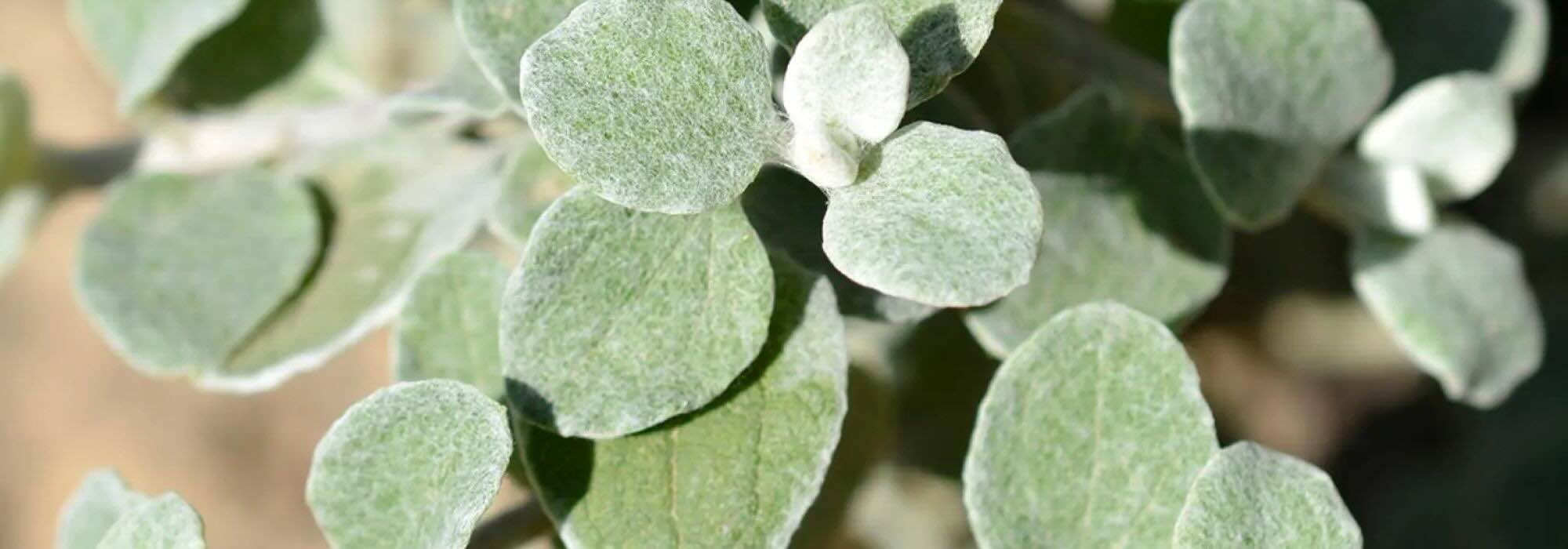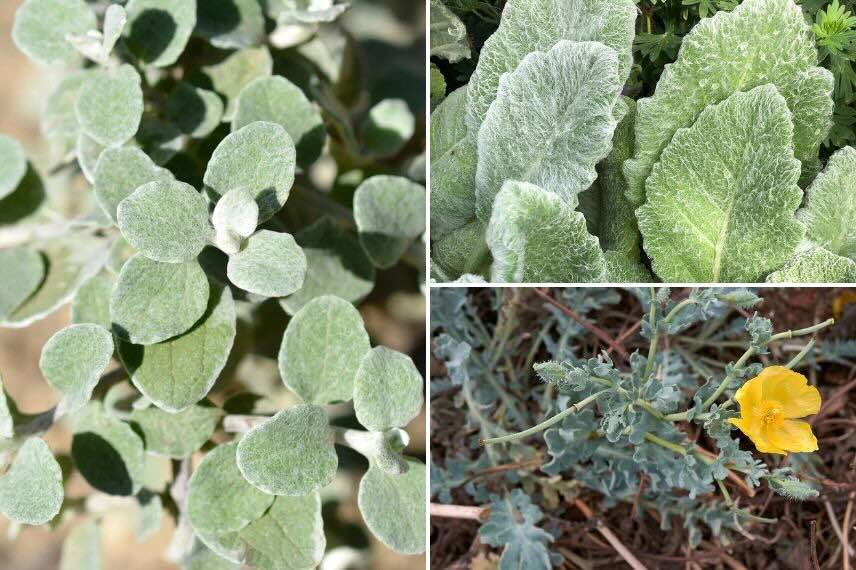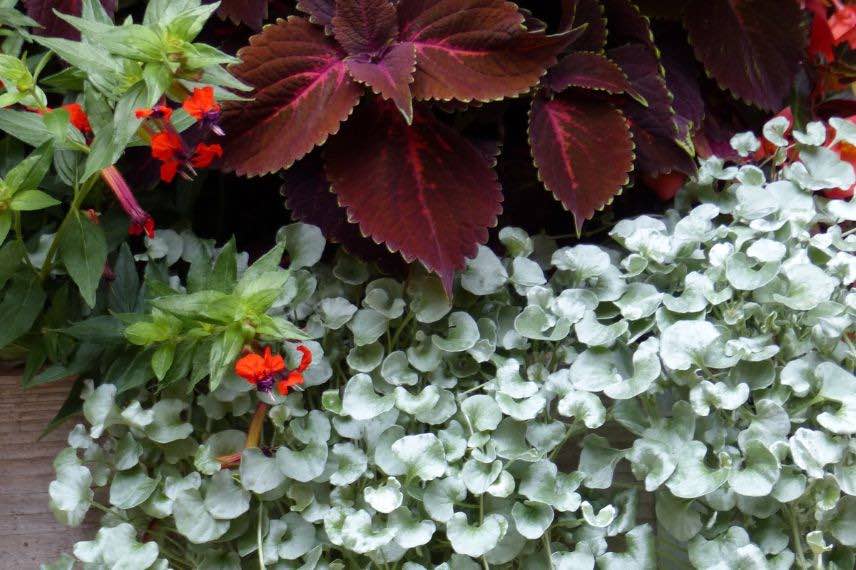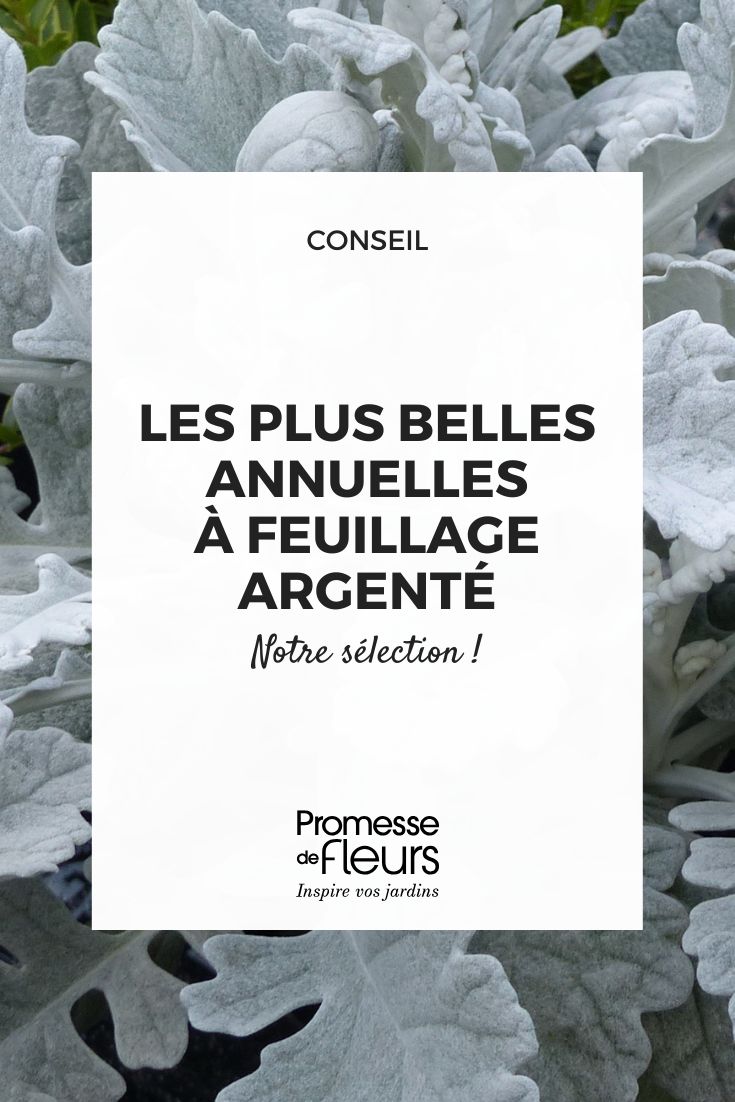
Silver accents in the garden: the most beautiful annuals with grey foliage
Our selection and tips
Contents
Refined, luminous, sometimes silky or downy… Silver foliage brings a unique touch to the garden. It captures the light, creates subtle contrasts, and fits perfectly into settings ranging from modern to romantic or Mediterranean. Annual plants allow for easy renewal of compositions each season, while adding precious texture and hue. To highlight vibrant flowerings, soften a flowerbed, or brighten a planter, silver foliage is an ideal ally. Discover in this article a selection of decorative varieties of annual plants with grey foliage, along with simple tips for pairing and growing them successfully.
Why incorporate silver foliage in the garden?
Silver foliage is a true asset in any plant composition. More understated than golden hues yet equally luminous, it adds a touch of natural elegance and creates a soothing atmosphere. Highly favoured by landscapers, it makes a gentle yet striking statement.
A soft, cool glow
Silver tones reflect light and soften the overall display, especially in midsummer when dark green foliage can feel heavy. Pale grey or silver foliage acts as a visual refresher, bringing a sense of coolness even in sweltering heat.
Subtle or bold contrasts
Silver foliage works equally well in daring contrasts or tonal palettes. It highlights warm-hued flowerings (reds, oranges, fuchsias) with understated framing, while blending seamlessly into pastel scenes with powdery, soft tones. It’s also ideal for enhancing the brilliance of white.
A Mediterranean or contemporary vibe
With hues reminiscent of dusty, sun-baked paths, silver foliage instantly evokes southern landscapes, dry gardens, or rockeries. Yet it also fits effortlessly into modern, clean-lined settings—particularly in designer containers or minimalist displays.
Excellent heat and drought tolerance
Many silver-leaved plants feature fine down, a woolly texture, or waxy coatings that reduce evaporation: a real boon for gardeners facing hot summers or dry spells. They’re often easy to grow and undemanding, thriving equally in containers or open ground.

Dusty miller, a grey foliage of incredible luminosity
Our selection of silver-leaved annual plants
Senecio cineraria ‘Silver Dust’ (Dusty Miller)
This plant features finely cut foliage covered in silvery down, giving it a bright grey-white hue. It typically reaches 30 to 50 cm in height with a similar spread. Ideal for borders or containers, it adds a luminous touch and contrasts elegantly with vibrant flowerings.
Helichrysum petiolare ‘Silver’ (Licorice Plant)
With small, rounded, downy leaves in a soft silvery grey, this trailing perennial is perfect for hanging baskets or edging planters. It forms flexible clumps of 30 to 60 cm, and its velvety texture enhances summer displays. It can be overwintered frost-free in a bright room.
Dichondra argentea ‘Silver Falls’
This variety creates a stunning cascading effect with long stems bearing small, shiny silver leaves. Highly graphic, it can trail up to 90 cm. Perfect for pots or as a luminous ground cover, it’s a frost-tender perennial ideal for enriching floral compositions.
Glaucium flavum (Horned Poppy)
This short-lived perennial poppy is often grown as an annual or biennial. It forms a rosette of deeply cut, silvery blue-grey leaves and produces large yellow flowers. Reaching 30 to 60 cm, it thrives in poor, well-drained soil, particularly in coastal areas.
Eschscholzia californica ‘Alba’ (White California Poppy)
This variety boasts finely divided, bluish foliage with silvery reflections, as attractive as its flowers. It forms clumps of 20 to 40 cm, topped with creamy-white blooms. Perfect in full sun, it self-seeds readily.
Salvia argentea (Silver Sage)
Often grown as a biennial, this sage forms a spectacular rosette of large, woolly silver leaves, highly ornamental. It reaches about 80 cm in all directions. Ideal for dry, sunny borders.

Three grey-foliage plants: Helichrysum petiolare ‘Silver’ on the left, Salvia argentea and Glaucium flavum
Flowering Plants with Decorative Foliage
Some annuals are primarily valued for their flowering, but their finely cut, silvery foliage also deserves attention.
Ammobium alatum ‘Grandiflorum’
Also known as Winged Everlasting, this ammobium bears lanceolate, slightly crinkled, silvery grey-green foliage. It forms clumps 60 to 80 cm tall, topped with small white flowers and golden centres, perfect for cut or dried arrangements.
Saponaria ‘White Beauty’
This annual soapwort or Vaccaria hispanica offers narrow, cut, silvery grey foliage, creating an airy effect in the garden. Around 50 cm tall, it’s covered in delicate white flowers, adding lightness and softness to borders and containers.
Arctotis ‘Black and White’
This annual forms a low clump of deeply cut, downy, striking silver-grey foliage. The white flowers with near-black centres provide dramatic contrast. A full-sun plant, it reaches 60 cm tall and spreads beautifully.
Combining silver-leaved annuals in plant arrangements
Silver foliage allows for creating harmonious and original scenes in the garden. They bring plenty of light and subtle contrasts.
With vibrant flowering for striking contrast
Silver tones particularly enhance warm or cool, saturated hues. Paired with red, orange, fuchsia, or purple flowers, they make them stand out while balancing the composition. For example, a Dichondra ‘Silver Falls’ combined with deep pink petunias or red zinnias creates a bold and structured visual effect.
With pastel flowers for a soft ambiance
Silver foliage also pairs beautifully with white, pale pink, sky blue, or lavender flowering. This combination is ideal for romantic or Mediterranean-inspired settings. A dusty miller with white cosmos like ‘Sonata’, or a white California poppy mixed with Soapwort ‘White Beauty’, creates a soft and luminous scene, perfect for relaxing corners.
In modern or graphic containers
Silver foliage works exceptionally well in contemporary planters, where its texture and hue create a graphic effect. When paired with dark foliage (such as deep purple morning glories or near-black coleus) or ornamental grasses, they form stylish arrangements, easily adaptable to balconies and terraces.
In dry or Mediterranean-inspired gardens
Many silver-leaved plants are low-maintenance and drought-tolerant, thriving in heat. They are therefore perfect for rockeries, gravel gardens, or sunny spots, where they self-seed more readily than in heavy soil. Combined with hardy perennials or succulents, they create a long-lasting and highly aesthetic display.
Unifying eclectic compositions
Finally, silver foliage acts as a unifying thread. In a somewhat mixed planting scheme, it helps bridge varied colours or contrasting forms. A few well-placed touches are enough to bring coherence and unity.

Fuchsia, Coleus, and Dichondra ‘Silver Falls’ for a stunning red, brown, and silver display
Growing and Care Tips
While silver-leaved annuals captivate with their aesthetic appeal, they are also generally easy to grow. Here are some key points to enjoy them throughout the season.
Exposure: full sun for silver-leaved annuals
Most silver-leaved plants thrive in light. A sunny spot is ideal for the foliage to fully develop its silvery sheen. Some tolerate partial shade, but the colour will often be less intense, and the growth less vigorous.
Well-drained, often dry soil
Many silver-leaved plants originate from arid or rocky regions. They therefore prefer light, well-drained soils, even slightly poor ones. Waterlogged conditions are often their main enemy, especially for downy foliage which can rot easily.
Moderate watering
These plants do not require frequent watering. In pots, regular watering is still necessary, especially in summer, but allow the compost to dry out on the surface between waterings. Once established in the ground, they can withstand dry spells.
No fertilisation requirements
A light feed can be applied during the season, but most of these plants are content with unenriched soil. Too much nitrogen can even encourage overly soft foliage or alter the silvery hue.
Pruning and aesthetic maintenance
For some species like Helichrysum or Dichondra, light pinching promotes a denser, more ramified habit. Removing faded or damaged parts also helps maintain a neat and tidy appearance throughout the season.
In pots: monitor watering and drainage
In containers, ensuring effective drainage is essential (gravel at the bottom, well-aerated compost). A water-filled saucer can be enough to damage a moisture-sensitive silver-leaved plant.
- Subscribe!
- Contents
































Comments